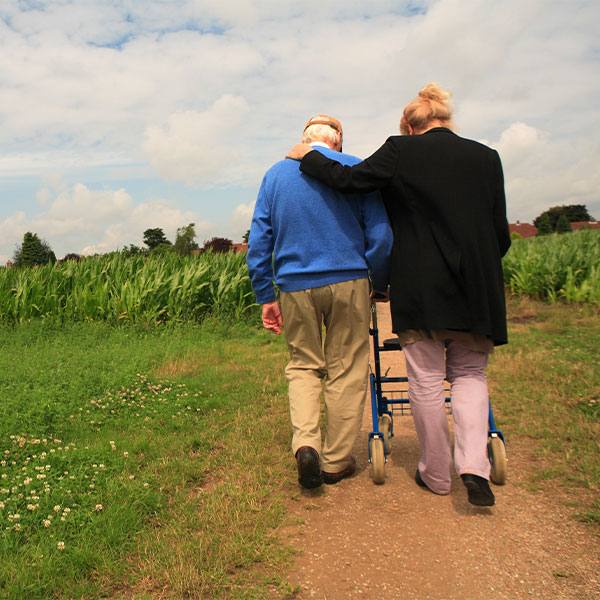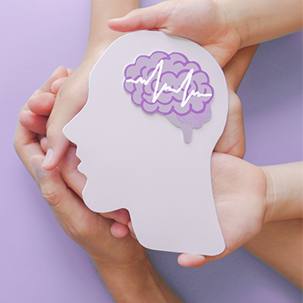-
Healthcare Delivery
Scientists, Surgeons Team Up to Improve Orthopedic Surgery
Surgery is set to improve for patients with the introduction of a new model of muscle action that will enhance the skill and experience of orthopedic surgeons. Published in Nature's Science Reports, Mayo Clinic researchers and collaborators identified a way to collect data on living, human muscle during surgery without putting patients at risk or lengthening the time a patient spends in surgery.
"Models of musculoskeletal function have been based on animal models and have been used to predict function/outcome of tendon transfers in humans," says Alexander Shin, M.D., a Mayo Clinic orthopedic surgeon and a co-senior author on the paper. "We sought to determine if the standard musculoskeletal model was really accurate and to determine if measuring human muscle function during surgery was feasible."
Musculoskeletal computer models are used to determine if surgery would be useful for a patient as well as guide surgical procedures and devices. Data from animal models or human cadavers is used to calculate the way the body responds to movement or stress, including how bones, muscles, tendons, and nerves interact.
Balancing Data and Safety
"It is extremely difficult to obtain physiological data from living human muscle," says Kenton Kaufman, Ph.D., a Mayo Clinic biomedical engineer and co-senior author of the paper. "This is the first time this data has been collected in humans."

To do it, the team of Mayo Clinic surgeons and scientists recruited patients scheduled for surgery on the network of nerves that serves the shoulder, arm and hand called the brachial plexus. In injuries where the shoulder and head are sent in different directions — a vehicle collision or in some sports — the brachial plexus nerves are pulled out of the spinal cord and the person's arm loses feeling and becomes paralyzed. To restore use, surgeons in some cases transfer an entire muscle, called the gracilis, with its nerve and blood vessels from the inner thigh to the upper arm. Mayo Clinic is a world leader in this type of surgery, which requires the synchronized collaboration of a team of surgeons.
And, says Dr. Kaufman, they were able to gather it because of the partnership with surgeons who worked with the team to identify safe and timely procedures that fit in seamlessly with the normal surgical process. Just before the leg muscle is removed, a sensor is placed on the gracilis muscle's tendon. An electrode is placed on the nerve, an electrical signal is sent to the nerve, which stimulates the muscle and causes it to contract. The team also measures tendon length, takes muscle biopsies, and gets a visual record of the muscle for additional information to add to the model.
Human Musculoskeletal Model Data is Better
This data is being used to assess the validity of currently available computational musculoskeletal models and improve those models. And what the researchers found was a surprising magnitude of difference between animal models and measurements in human muscle. They report that the current models have errors in muscle length: for muscle-tendon length they found an error of 7% and for "absolute average fiber length" they report an error between 15% and 32%.

"We are finding that the animal data doesn’t truly reflect human muscles," says Dr. Kaufman, and Dr. Shin notes, "This line of research will hopefully begin a paradigm shift from using non-human data to human data in creating computational models."
As a pioneering effort, the Science Reports paper provides a detailed description of the methods the researchers used and outlined the technical collaboration needed between researchers, surgeons, electromyographers, and physiologists.
"This work reflects the partnership between clinicians and scientists to improve the quality of care given to patients at Mayo Clinic," says Dr. Kaufman.
The authors hope this publication will provide the gold-standard procedural foundation for future musculoskeletal model development.
"We are in the process of multiple studies expanding this work," says Dr. Shin, "and using insights gained from this work to provide guidance for modifications to current surgical technique that would improve the patient's outcome."
Authors, Affiliations, and the Full Paper
In addition to Drs. Kaufman and Shin, other Mayo Clinic authors are Lomas Persad, Ph.D.; Filiz Ates, Ph.D.; Loribeth Evertz, Ph.D. (now affiliated with Montana State University); and William Litchy, M.D. Author Richard Lieber, Ph.D., is affiliated with Shirley Ryan Ability Lab of Chicago, Hines V.A. Hospital and Northwestern University. For a complete list of affiliations, funding and disclosures see the full paper at Science Reports.
— Sara Tiner, May 25, 2022
Related Articles







